Dwell time is an important metric for marketers. But what it means and how it matters differs, depending on whether you’re considering online search or out-of-home advertising (OOH). You might say dwell time is even more important for OOH because it has broad implications for campaign planning and execution.
What do we mean by “dwell time”?
Online, dwell time measures the total minutes (or seconds) that someone spends checking out your site after finding you on a search engine results page (SERP). The time is measured from the moment they click to your site until they exit.
For online marketing, dwell time helps measure the relevance and quality of your website content. The more time visitors spend on your site, the more likely your site was not only attention-getting but worth sticking around for. Short dwell time indicates your site did not offer what the searcher wanted or expected.
For OOH, dwell time is the amount of time a consumer is within viewing range of your ad.
That can vary considerably depending on the type of OOH media you’re using and where. For example:
- A roadside billboard may afford just a few seconds of dwell time, depending on its location and the speed of passing traffic. On the other hand, a billboard located at an urban intersection might provide 15-20 seconds of dwell time if traffic is slow or it’s placed next to a stop light.
- A bus shelter or subway station ad might have a dwell time of 5-15 minutes as viewers wait for their ride.
- A digital screen above your treadmill at the gym or in a restaurant may be visible for much longer, so the viewer may see your ad multiple times.
For OOH, dwell time is a factor of location, format and traffic patterns (vehicular and/or pedestrian).
Dwell time informs campaign decision-making
Understanding dwell time can help you geo-target the most effective ad placements, choose the most appropriate media, and develop the most effective content for each location to deliver maximum campaign ROI. Here’s a formula you can use:
Average dwell time x average daily impressions = total daily campaign exposure time
Longer dwell times allow you to tell more of your story
With more time, the viewer can take a second or third glance at your ad or, in pedestrian settings, stop to deliberately take in the content more thoroughly. The longer your ad is visible, the more opportunity the viewer has to see it, fully understand your message, and perhaps even engage with the ad itself.
That increases the likelihood that they will take action to visit your site or make a purchase.
However, all that doesn’t mean OOH options with shorter dwell times are poor choices! If your message is simple, you don’t need a lot of time to deliver it.
How well can they see your ad?
A car or bus may spend 10-12 seconds driving past a billboard, but it’s a moving view so details are harder to grasp. In addition, the viewing distance changes from far to near to far as you pass the billboard, further affecting readability.
So billboards work best when content is brief and unmistakably easy to grasp at a glance. That’s why they are so great for delivering simple concepts such as brand or product awareness.
Will they pay attention to your ad?
Interestingly, one technique for improving online search-related dwell time is also valuable for boosting OOH ad effectiveness. Embedding multimedia elements such as video, images, audio, etc. on your website makes your pages catchier and more engaging than plain text. These elements can also create interest in OOH ad creative.
Now that OOH has gone digital in nearly every way, clever use of multimedia elements can boost the chances that consumers in proximity to your ad will deliberately give it a look and perhaps view it longer.

